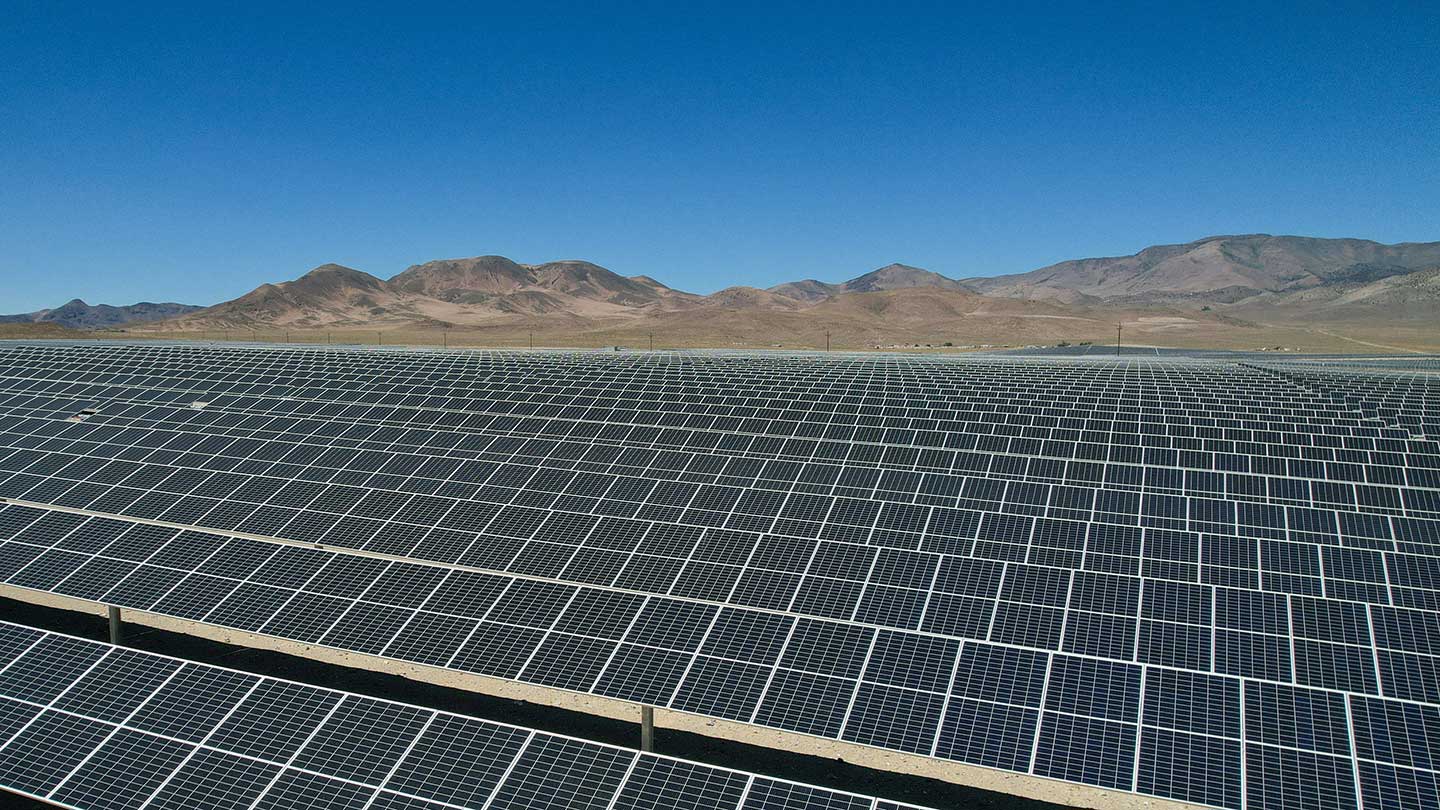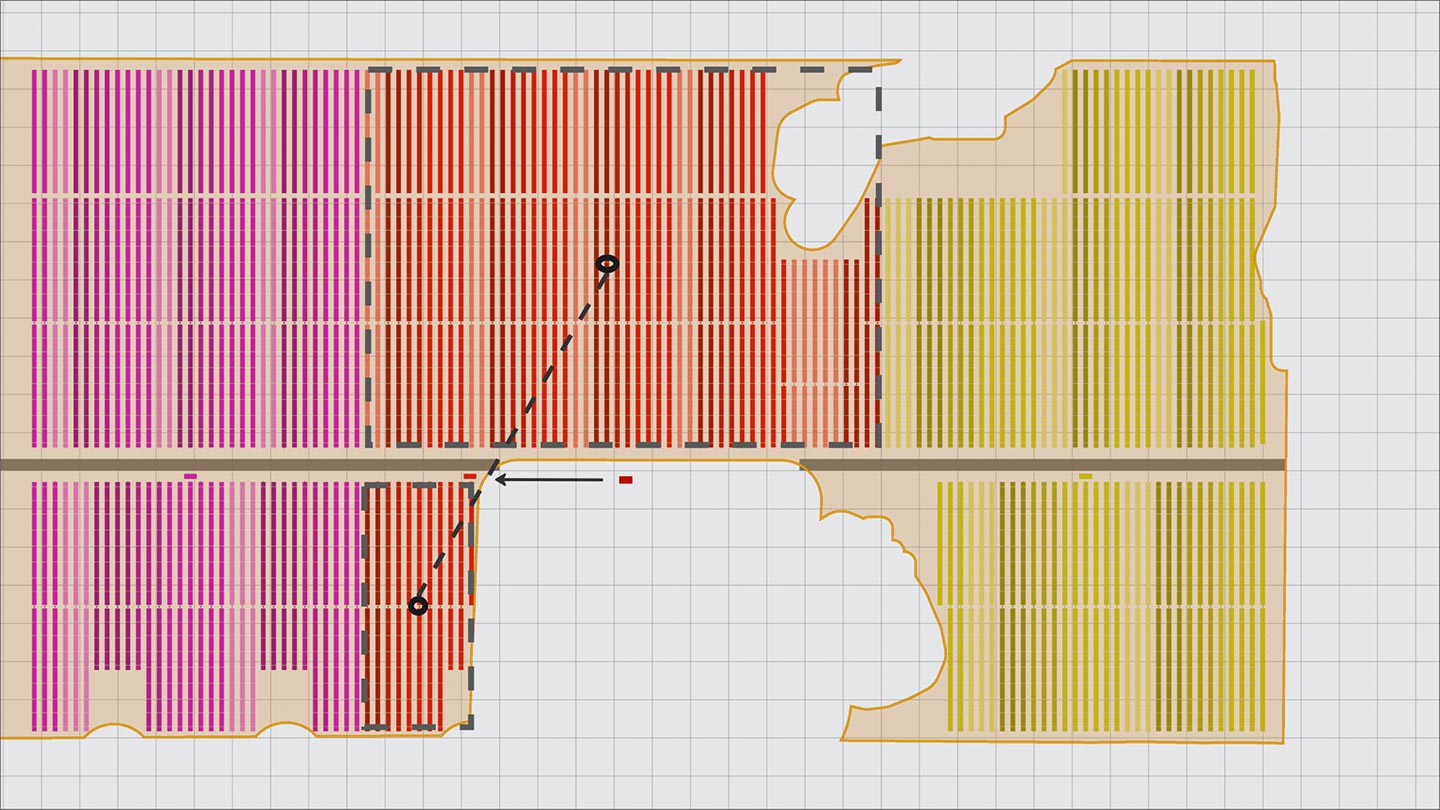DC vs. AC Coupling: What's the Difference?
.jpg)
Direct current (DC) coupling and alternating current (AC) coupling refer to how signals are processed in electronic systems. DC coupling allows both AC and DC signals to pass through, preserving the entire signal spectrum. This is crucial for applications where the DC component (steady-state signal) is significant, such as in battery monitoring.
Conversely, AC coupling blocks the DC component, allowing only AC signals to pass. This is useful in scenarios where DC bias can cause distortion, like in audio equipment, to eliminate noise. Understanding these distinctions is important for optimizing signal integrity and performance in various electronic applications.
Are Batteries Direct Current or Alternating Current?
Batteries provide direct current, meaning they supply a constant flow of electricity in a single direction, from the positive to the negative terminal. DC is essential for powering devices like smartphones, flashlights, and laptops because these devices require a steady voltage.
Alternating current is used for transmitting electricity over long distances for grid power distribution since it can be transformed to different voltages efficiently. Understanding this distinction helps in appropriately designing circuits and power systems that interface with batteries.
Are Solar Cells Direct Current or Alternating Current?
Solar cells generate DC electricity. When a solar cell is hit by sunlight, electrons are stimulated and flow in a single direction to produce DC power. Solar panels are typically coupled with an inverter to convert this DC to AC, which is compatible with standard household appliances and the electrical grid.
Understanding that solar cells produce DC is vital for designing solar power systems and selecting the right components, like inverters, to ensure compatibility with existing AC electrical infrastructure.
DC Coupled Rated Power Definition
DC-coupled rated power refers to the capacity at which a DC power source, such as a solar panel, is rated to deliver power efficiently into a DC system. This rating is typically expressed in watts and reflects the maximum power the system can handle and transmit under standard conditions. Adhering to this rating is crucial to ensure the DC system operates within its limits, thereby optimizing efficiency and preventing potential overloads.
Clipping Losses: AC vs. DC Coupled
Clipping losses occur when a power system exceeds its maximum output capacity, causing some generated energy to be lost. This is more common with DC-coupled systems because solar panels often produce more energy than the inverter or storage can handle, especially during peak sunlit hours.
In AC-coupled systems, energy is directly fed to the grid, minimizing such losses because the grid can absorb excess energy. Understanding clipping helps in designing systems that optimize energy capture and reduces waste by matching generation capacity with system limits.
AC to DC Inverter vs. DC to AC
Inverters are devices that convert electrical power from one form to another. An AC to DC inverter transforms AC from grids into direct current DC for devices that require steady power, like electronics.
Conversely, a DC to AC inverter converts DC from sources like batteries or solar panels into alternating current AC for use with conventional household appliances and electrical grids. Selecting the appropriate inverter ensures seamless integration between different power systems and efficient energy utilization.
Difference Between Charging AC and Adding AC
Charging AC involves transferring energy from an AC power source to a device — typically through an adapter that converts AC to DC, as most devices operate on direct current. On the other hand, adding AC refers to supplemental AC energy introduced into an existing electrical system, like connecting an additional generator to increase power availability.
Charging is a process-focused concept, emphasizing energy transfer to storage devices, whereas adding AC pertains to boosting the power supply in an electrical system. Each process supports different applications based on energy needs.
DC vs. AC Storage
DC storage systems store energy in direct current form, ideal for renewable sources like solar panels and batteries, which naturally produce DC. These systems often integrate seamlessly with DC-powered devices and are efficient for off-grid solutions.
AC storage, however, involves storing energy in an alternating current form, often through conversion processes. It’s compatible with grid-connected buildings and structures.
Deciding between DC and AC storage depends on system integration requirements: DC is favorable for standalone systems, while AC suits grid-tied infrastructures, blending with existing setups.
Choosing the Right Setup
Here are some of the key differences and applications of DC and AC coupling systems:
- Conduct electrical analysis: Evaluate your energy needs and system compatibility. For example, households with solar panels should assess if using DC storage could maximize efficiency.
- Match system with application: Select a system — AC or DC — that aligns with your application. Residential settings often benefit from AC compatibility due to prevalent grid connections, whereas off-grid cabins might favor DC setups for simplicity and efficiency.
- Consider distributed energy resources: If integrating distributed energy systems like wind turbines, analyze if AC or DC coupling enhances performance. DC systems can be more efficient for standalone renewables.
- Account for future expansion: Ensure your setup can accommodate future scalability. For instance, microgrids may prefer AC systems for easier integration of new resources.
- Evaluate cost and maintenance: Consider installation and long-term maintenance costs. DC systems often have lower initial costs but might require specialized expertise for upkeep.
In summary, understanding the difference between DC and AC coupling is vital for optimizing electric system performance. DC coupling preserves the complete signal, while AC coupling blocks DC components. Neither is better than the other — it’s simply about what the system’s needs are and what they’re being used for.




.png)

.png)